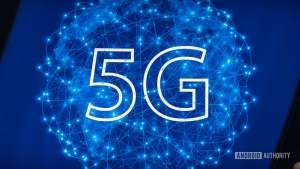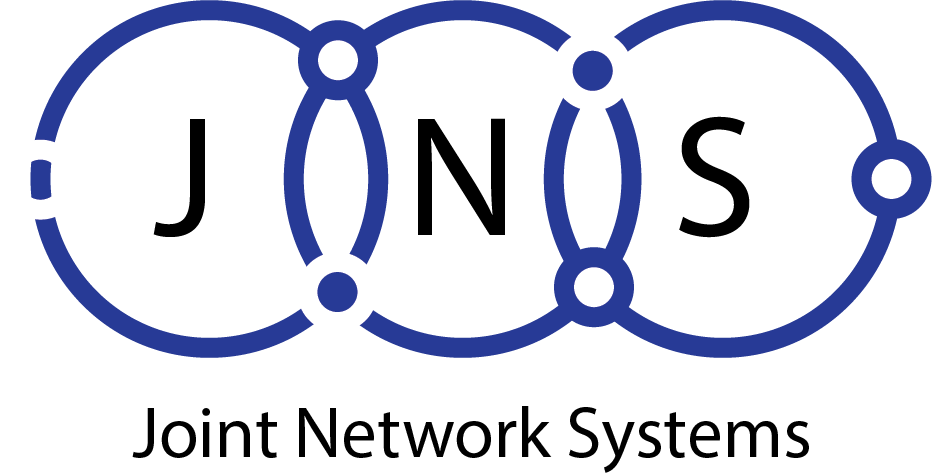5 Things to Know about 5G
![]()


Do you recall when your first cellphone was purchased ? It was probably the size of a brick if you were one of the early adopters. Or was it a flip-phone? Do you recall the Blackberry? They were a great choice if you want to text.
Remote workers now have more technology at their disposal. Even the pandemic did have a positive effect, if you can call it that. It accelerated the adoption more digital tools to enable remote work and keep clients connected.
The next generation in technology is now upon us. The 5G service, a new service that your smartphone offers, is the catalyst for this change.



-
What is 5G?
5G is the acronym for 5th Generation Network. 5G is the evolution of all previous network services: 1G-2G-3G and 4G LTE. The most important difference is speed Speed.
5G is super fast. 5G is not only marginally faster than 4G, but it’s super fast. It’s almost like comparing the speed differences between a 1965 Volkswagen Beetle vs a Model S Plaid Tesla. There is no comparison.
This historical comparison is offered by Qualcomm , a mobile tech giant
First generation – 1G
The 1980s: 1G delivered analog voice.
Second generation – 2G
The early 1990s: 2G introduced digital voice.
Third generation – 3G
The early 2000s: 3G brought mobile data.
Fourth generation – 4G LTE
The 2010s: 4G LTE ushered in the era of mobile broadband.
-
How fast is it?
5G speeds can reach up to 20 Gigabits per second (Gbps), with data rates of 100+ Megabits per second (Mbps). What is the speed? One gigabyte equals 1,000 megabytes per second. This is ten times faster that high-speed internet systems offering 100 Megabyte+ speeds.
You can download a full 4K movie in just a few minutes with 100 Megabytes per Second. The same download can be done in seconds with Gigabyte speed.
Speeds can be slowed when there are more users accessing the 5G network at once. Because 5G uses the same bandwidth, top speeds can be affected if the network is too busy. 5G is capable of handling significantly more data than 4G. 5G can handle 100x more traffic than 4G and has a better network efficiency than 4G.
-
More 5G benefits
5G is significantly faster than 4G, has more capacity, and features a lower latency than 4. Why is this important? 5G provides instantaneous and real-time access to data, virtually eliminating any lag times.
4G LTE, which was launched in 2004, provided faster mobile broadband services than 3G. 5G is a different technology. It does more than just increase mobile device speeds. It supports new services like mission-critical communications. This means more reliable and steady connections for public safety agencies and railway communications.
5G is also designed to work with all IoT devices, which are already a large network and growing.
Furthermore, 5G can be run on different bandwidths which could enable the connection of device to device, allowing mobile devices to communicate without the need for a network.
5G offers a unique benefit for the mobile agent: It makes it easier to locate hot spots on your mobile device.
-
Where is it available?
Although 5G service is technically accessible in most areas of the US, it’s not yet available everywhere. Access to 5G depends on which cell carrier you use. 5G is not yet available everywhere. Although technically it is available in thousands of cities worldwide, most only offer 5G’s low band network which provides slower speeds at the moment.
-
What equipment do I need?
You need the right equipment to run 5G on your smartphone. None of the older iPhone models, including the iPhone 11 Pro, iPhone 11 Pro Max and the iPhone SE, support 5G, , and they will never.
iPhone 12 and higher are required for 5G Apple phone enthusiasts. Samsung customers will need an iPhone 12 or higher to use 5G. The Galaxy S10 5G was the first smartphone that could support 5G. It now supports the Galaxy Note10+, Note10+ and Fold.
Users will see the greatest long-term impact from 5G home devices. New mobile internet equipment can be used to replace your existing home network if you live in an area with 5G speeds. With more of the population working remotely, 5G will likely provide a significant boost in productivity. Remote workers can access high-speed internet at a reduced cost, which could lead to increased productivity.
About JNS
We can provide cellular signal enhancement systems for any size building, large or small, including homes, offices, and large commercial buildings. We carry all the components you need for your system, including cables, connectors antennas mounts splitters and lightning surge protectors.We also deliver IT Services and Unified Communications for business in Miami and all across South Florida.
1100 Brickell Bay Drive
Miami Florida 33131
Tel: 866-JNS-NETS
www.jointnetworks.comsales@jointnetworks.com
5 Things to Know about 5G
![]()
![]()
![]()


Do you recall when your first cellphone was purchased ? It was probably the size of a brick if you were one of the early adopters. Or was it a flip-phone? Do you recall the Blackberry? They were a great choice if you want to text.
Remote workers now have more technology at their disposal. Even the pandemic did have a positive effect, if you can call it that. It accelerated the adoption more digital tools to enable remote work and keep clients connected.
The next generation in technology is now upon us. The 5G service, a new service that your smartphone offers, is the catalyst for this change.



-
What is 5G?
5G is the acronym for 5th Generation Network. 5G is the evolution of all previous network services: 1G-2G-3G and 4G LTE. The most important difference is speed Speed.
5G is super fast. 5G is not only marginally faster than 4G, but it’s super fast. It’s almost like comparing the speed differences between a 1965 Volkswagen Beetle vs a Model S Plaid Tesla. There is no comparison.
This historical comparison is offered by Qualcomm , a mobile tech giant
First generation – 1G
The 1980s: 1G delivered analog voice.
Second generation – 2G
The early 1990s: 2G introduced digital voice.
Third generation – 3G
The early 2000s: 3G brought mobile data.
Fourth generation – 4G LTE
The 2010s: 4G LTE ushered in the era of mobile broadband.
-
How fast is it?
5G speeds can reach up to 20 Gigabits per second (Gbps), with data rates of 100+ Megabits per second (Mbps). What is the speed? One gigabyte equals 1,000 megabytes per second. This is ten times faster that high-speed internet systems offering 100 Megabyte+ speeds.
You can download a full 4K movie in just a few minutes with 100 Megabytes per Second. The same download can be done in seconds with Gigabyte speed.
Speeds can be slowed when there are more users accessing the 5G network at once. Because 5G uses the same bandwidth, top speeds can be affected if the network is too busy. 5G is capable of handling significantly more data than 4G. 5G can handle 100x more traffic than 4G and has a better network efficiency than 4G.
-
More 5G benefits
5G is significantly faster than 4G, has more capacity, and features a lower latency than 4. Why is this important? 5G provides instantaneous and real-time access to data, virtually eliminating any lag times.
4G LTE, which was launched in 2004, provided faster mobile broadband services than 3G. 5G is a different technology. It does more than just increase mobile device speeds. It supports new services like mission-critical communications. This means more reliable and steady connections for public safety agencies and railway communications.
5G is also designed to work with all IoT devices, which are already a large network and growing.
Furthermore, 5G can be run on different bandwidths which could enable the connection of device to device, allowing mobile devices to communicate without the need for a network.
5G offers a unique benefit for the mobile agent: It makes it easier to locate hot spots on your mobile device.
-
Where is it available?
Although 5G service is technically accessible in most areas of the US, it’s not yet available everywhere. Access to 5G depends on which cell carrier you use. 5G is not yet available everywhere. Although technically it is available in thousands of cities worldwide, most only offer 5G’s low band network which provides slower speeds at the moment.
-
What equipment do I need?
You need the right equipment to run 5G on your smartphone. None of the older iPhone models, including the iPhone 11 Pro, iPhone 11 Pro Max and the iPhone SE, support 5G, , and they will never.
iPhone 12 and higher are required for 5G Apple phone enthusiasts. Samsung customers will need an iPhone 12 or higher to use 5G. The Galaxy S10 5G was the first smartphone that could support 5G. It now supports the Galaxy Note10+, Note10+ and Fold.
Users will see the greatest long-term impact from 5G home devices. New mobile internet equipment can be used to replace your existing home network if you live in an area with 5G speeds. With more of the population working remotely, 5G will likely provide a significant boost in productivity. Remote workers can access high-speed internet at a reduced cost, which could lead to increased productivity.
About JNS
We can provide cellular signal enhancement systems for any size building, large or small, including homes, offices, and large commercial buildings. We carry all the components you need for your system, including cables, connectors antennas mounts splitters and lightning surge protectors.We also deliver IT Services and Unified Communications for business in Miami and all across South Florida.
1100 Brickell Bay Drive
Miami Florida 33131
Tel: 866-JNS-NETS
www.jointnetworks.comsales@jointnetworks.com


